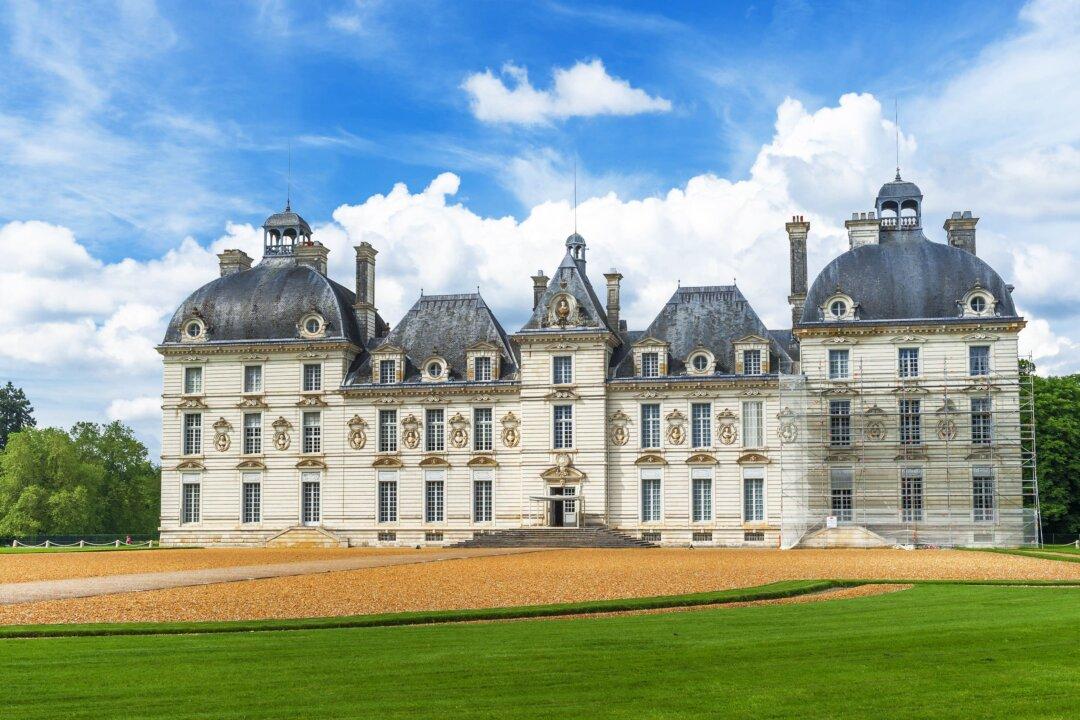More than a grand estate, Cheverny Castle (Château de Cheverny) is a family home. Located in a lovely valley along the Loire River in central France, the castle shows what French family life was like in the past.
Once a feudal fortification, the name Cheverny first appeared in a deed in 1315; Jean Hurault, a financier and officer at the service of King Louis X of France, acquired it in the late 14th century. His grandson, Jacques, inherited the property and was given the title Lord of Cheverny (“Seigneur de Cheverny”). While the castle often changed hands over the centuries, it always returned to the Hurault family, who own and run the castle to this day.






